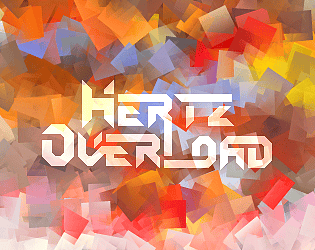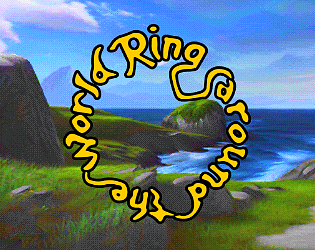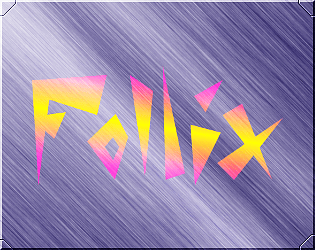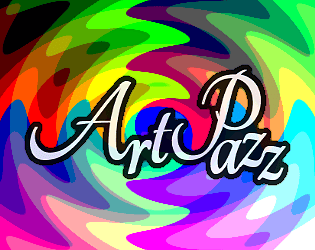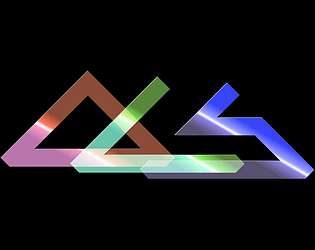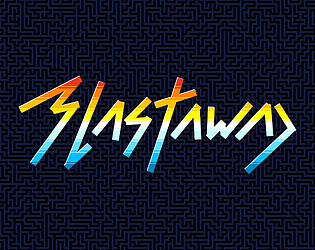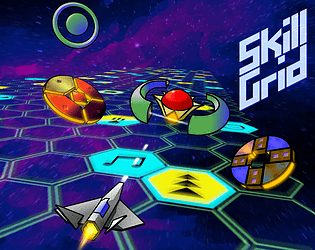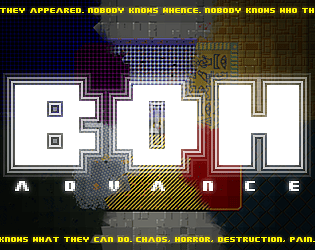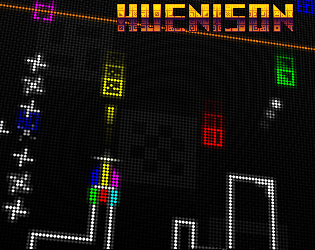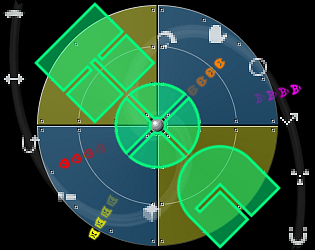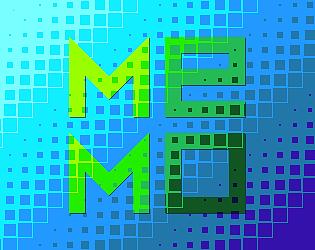The music track "Prockressions" was written while fiddling with the RETREAM guitar after it got fixed and overhauled. It was not made for Hertz Overload, but rather Hertz Overload was made to find a use for it.
Thinking of a way to let others enjoy the music brought the idea of making an Amiga production, which immediately suggested the creation of a CPU-based player to achieve a sufficiently high quality. In the past, I had never tried CPU-based audio playback, but a quick experiment showed that it was doable and quite easy. That led to the development of a set of tools that process and play WAVE files. They also proved that the Amiga can reach remarkably high frequencies (much beyond 70937.9 Hz), which pushed me in another direction: making something more artistic than a player, and that simply meant... a demo!
Hertz Overload was being made for no specific demoparty. When it was almost finished (May 21st, 2024), I decided to check out which demoparties were about to come and found out that the 68k Inside 2024 was only a days away! It looked like I could meet the deadline (May 25th) easily, but, of course, on the last day all that could go wrong went wrong, so I could not make all the little changes and additions that I had planned - but those may come in the future.


